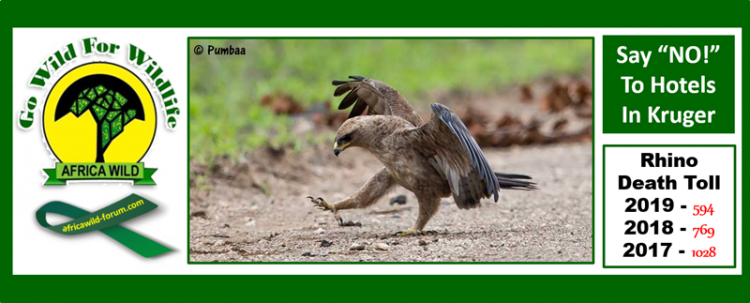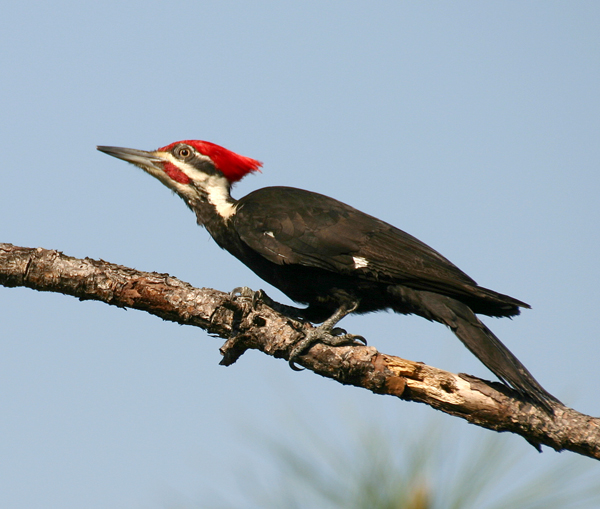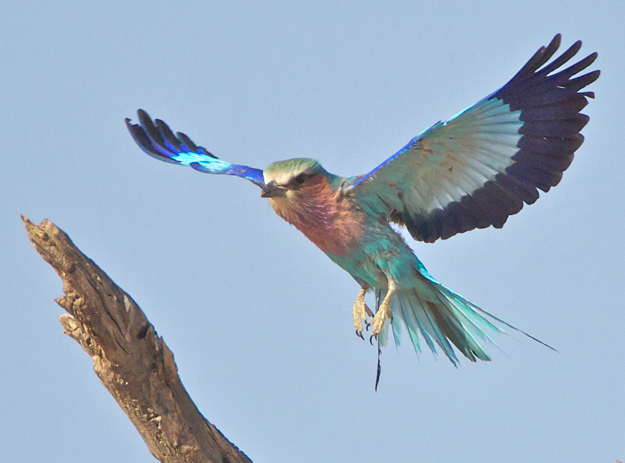- q.jpg (94.51 KiB) Viewed 939 times
Avian Feet
- Richprins
- Committee Member
- Posts: 75450
- Joined: Sat May 19, 2012 3:52 pm
- Location: NELSPRUIT
- Contact:
Re: Avian Feet
Please check Needs Attention pre-booking: https://africawild-forum.com/viewtopic.php?f=322&t=596
- Lisbeth
- Site Admin
- Posts: 66000
- Joined: Sat May 19, 2012 12:31 pm
- Country: Switzerland
- Location: Lugano
- Contact:
Re: Avian Feet
They are in the "foot arrangements" but I had too short a look 

"Education is the most powerful weapon which you can use to change the world." Nelson Mandela
The desire for equality must never exceed the demands of knowledge
The desire for equality must never exceed the demands of knowledge
- Lisbeth
- Site Admin
- Posts: 66000
- Joined: Sat May 19, 2012 12:31 pm
- Country: Switzerland
- Location: Lugano
- Contact:
Re: Avian Feet
Anisodactyl
- The eagle has very specially adapted large, clawed feet which are known as talons.
- The talons of the eagle are powerful and strong and allow the eagle to catch prey on the ground or in water when the eagle is still in the air.
- The talons of the eagle are designed to carry prey through the air and they are strong enough to hold onto a fish which weighs more than the eagle.
- The feet of an eagle have four strong toes, and at the end of these toes are large, curved claws which enable the eagle to hook onto its prey.
- The talons of a baby eagle are very short when compared to the talons of an adult eagle, and it takes a few years for the feet of the baby eagle to be fully sized.

- The eagle has very specially adapted large, clawed feet which are known as talons.
- The talons of the eagle are powerful and strong and allow the eagle to catch prey on the ground or in water when the eagle is still in the air.
- The talons of the eagle are designed to carry prey through the air and they are strong enough to hold onto a fish which weighs more than the eagle.
- The feet of an eagle have four strong toes, and at the end of these toes are large, curved claws which enable the eagle to hook onto its prey.
- The talons of a baby eagle are very short when compared to the talons of an adult eagle, and it takes a few years for the feet of the baby eagle to be fully sized.
"Education is the most powerful weapon which you can use to change the world." Nelson Mandela
The desire for equality must never exceed the demands of knowledge
The desire for equality must never exceed the demands of knowledge
- Lisbeth
- Site Admin
- Posts: 66000
- Joined: Sat May 19, 2012 12:31 pm
- Country: Switzerland
- Location: Lugano
- Contact:
Re: Avian Feet
Anisodactyly
Anisodactyly, without hind toe, but with a spur
Cape Francolin
Anisodactyly, without hind toe, but with a spur
Cape Francolin
"Education is the most powerful weapon which you can use to change the world." Nelson Mandela
The desire for equality must never exceed the demands of knowledge
The desire for equality must never exceed the demands of knowledge
- Richprins
- Committee Member
- Posts: 75450
- Joined: Sat May 19, 2012 3:52 pm
- Location: NELSPRUIT
- Contact:
Re: Avian Feet
Please check Needs Attention pre-booking: https://africawild-forum.com/viewtopic.php?f=322&t=596
-
Klipspringer
- Global Moderator
- Posts: 5858
- Joined: Sat Sep 14, 2013 12:34 pm
- Country: Germany
- Contact:
-
Klipspringer
- Global Moderator
- Posts: 5858
- Joined: Sat Sep 14, 2013 12:34 pm
- Country: Germany
- Contact:
Re: Avian Feet
We need some of the other categories now and some webbed ones 
There are also some three-toed birds around
There are also some three-toed birds around
Re: Avian Feet
Zygodactyl - the second most common foot type among birds where digits II and III point forwards and digits I and IV point backwards. Some perching birds have this arrangement, but it is also well suited to grasping, as in parrots, and climbing, as in woodpeckers.

Pileated woodpecker

Pileated woodpecker
Re: Avian Feet
(Cropped the pics quite a bit to try to get a closer look at the feet.)
Anisodactyly – has three digits (numbered II, III and IV) orientated forwards and digit I (the ‘big toe’, or hallux) pointing backwards.
(Note: rollers are listed on the chart under Syndactyl, but they are described in the written description of Syndactyly as having “true anisodactyl feet.”)

Anisodactyly – has three digits (numbered II, III and IV) orientated forwards and digit I (the ‘big toe’, or hallux) pointing backwards.
(Note: rollers are listed on the chart under Syndactyl, but they are described in the written description of Syndactyly as having “true anisodactyl feet.”)



